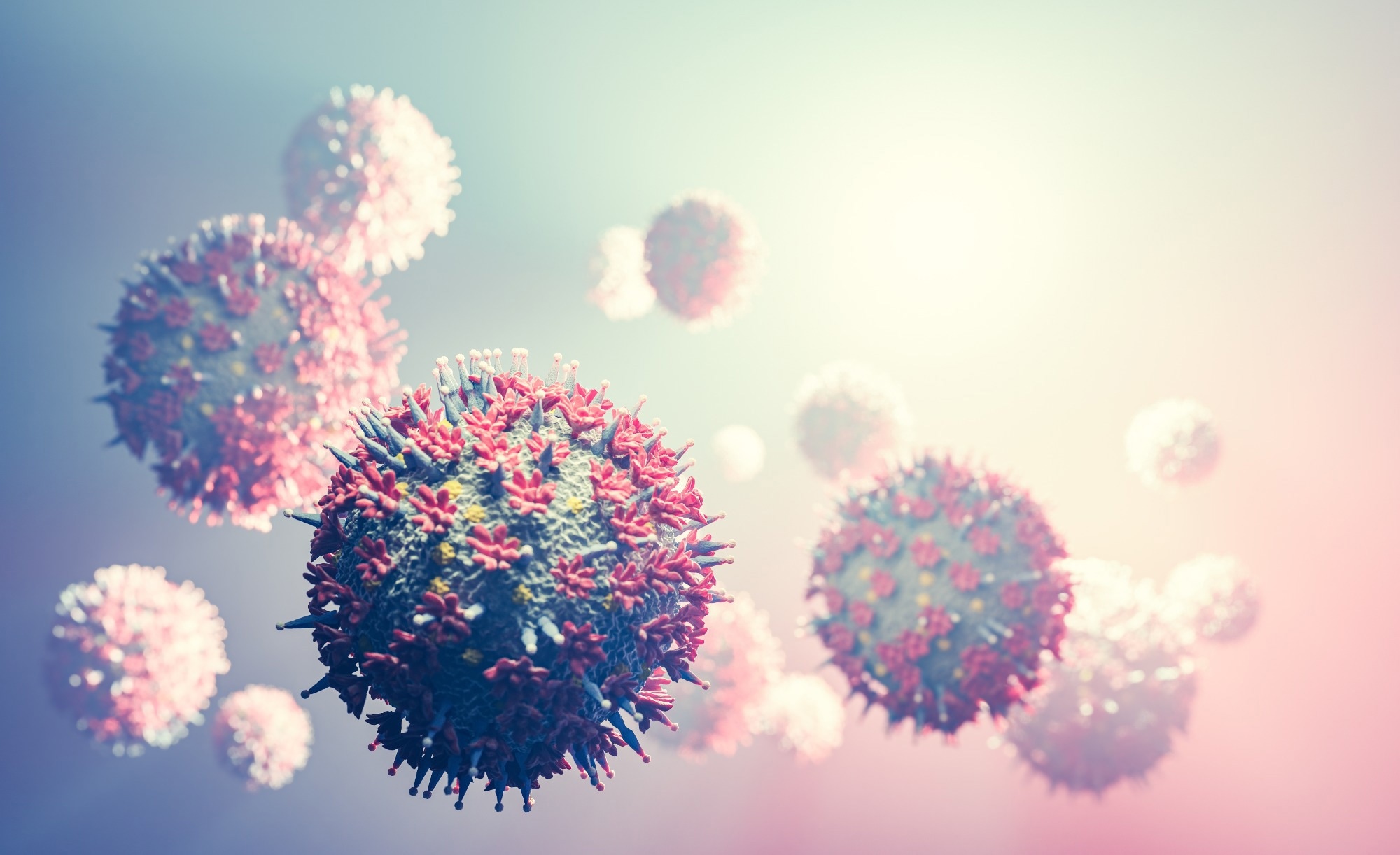Cases with critical coronavirus disease 2019 (COVID-19) are often complicated due to the severe lung injury caused by the severe acute respiratory syndrome coronavirus 2 (SARS-CoV-2) infection. COVID-19 has already claimed more than 6.5 million lives worldwide, but there is limited data on the long-term trajectories of lung function in COVID-19 survivors.
 Study: Lung-function trajectories in COVID-19 survivors after discharge: A two-year longitudinal cohort study. Image Credit: PHOTOCREO Michal Bednarek/Shutterstock
Study: Lung-function trajectories in COVID-19 survivors after discharge: A two-year longitudinal cohort study. Image Credit: PHOTOCREO Michal Bednarek/Shutterstock
Background
The lung function rehabilitation after severe COVID-19 has attracted a lot of attention. Prior research has documented a gradual improvement with some abnormalities remaining. Two key limitations of this strand of research are limited sample size and a short follow-up period of around one year. Moreover, data on lung-function trajectories in patients after discharge are not available.
A thorough search of articles, published until July 5, 2022, was conducted on PubMed. Researchers could identify only seven longitudinal studies to assess the changes in lung function, over time, across at least two follow-up visits. However, the effects of lung-function impairment on exercise capacity and quality of life were uncertain. Further, no data were obtained on the long-term determinants and trajectories of lung-function changes.
About the study
In the present study, data from a large, longitudinal, 2-year study were analyzed. The dataset contained in-depth assessment reports of patients who recovered from COVID-19. The data were used to study actual values of forced vital capacity (FVC), diffusion capacity for carbon monoxide (DLco), and total lung capacity (TLC). The participants were categorized into scale 3, scale 4, and scale 5-6 groups per a seven-category ordinal scale.
To conduct a comprehensive assessment of pulmonary function test (PFT), exercise capacity, dynamic changes in dyspnea symptoms, and health-related quality of life (HRQoL) were included and compared across the three groups. The exercise capacity was assessed by distance walked in 6 minutes (6MWD). Additionally, the potential factors influencing the recovery of lung function were explored, and trajectories of alterations in lung function in COVID-19 survivors were provided.
Key findings
It was observed that 288 subjects improved PFT between 6 and 12 months of infection. The participants in the scale 5-6 group showed a marked higher increase of PFTs concerning the participants in scale three and scale four groups. Treatment with corticosteroids was identified to be a protective factor for the improvement of PFTs. But, despite the initial promising results, further research needs to be conducted to fully understand the role of corticosteroids in lung-function recovery.
Critical patients were observed to have significantly more dyspnea and reduced exercise capacity at six months. However, no difference was noted at two years. Mild reductions in PFTs did not seem to significantly affect HRQoL and exercise capacity.
The study documented a trend in the Post-COVID lung function change, i.e., a decline in PFTs between the first and second years after COVID-19, consistent with the lung function change of other SARS survivors. However, early lung rehabilitation after hospital discharge (6-12 months) was also emphasized, sometimes as early as during hospitalization.
The reduction in values of total lung capacity (TLC) and DLco were higher in COVID-19 survivors compared to age-related lung function decline in healthy adults. However, the duration of the 2-year follow-up was still short to best study the trajectories of lung function changes in COVID-19 survivors.
Regarding dyspnea, a marked difference was observed across the three groups in the first year after infection. More critical patients showed a greater improvement in 6MWD than others over two years. Higher age and female sex showed a negative relationship with 6MWD, which suggested that the recovery of exercise capacity post-COVID-19 could be driven by demographic characteristics.
Conclusions
The present study showed that the trajectories of post-COVID lung function varied across patients with different degrees of illness severity. A key limitation of the study was the lack of pre-COVID PFTs, which made it difficult to ascertain whether the lung recovered to the pre-COVID status.
Additionally, the follow-up sample size for PFT was small, owing to the loss of some survivors, which could have led to sampling bias. Lastly, the authors highlighted that this was a single-center study that considered hospitalized COVID-19 patients in the early stage of the pandemic. As a result, the representativeness of the cohort could be questioned, owing to the subsequent emergence of new variants of concern. However, the systematic error should be reduced due to the single-center nature of the study design.